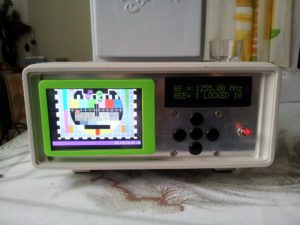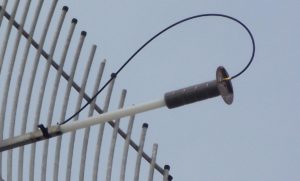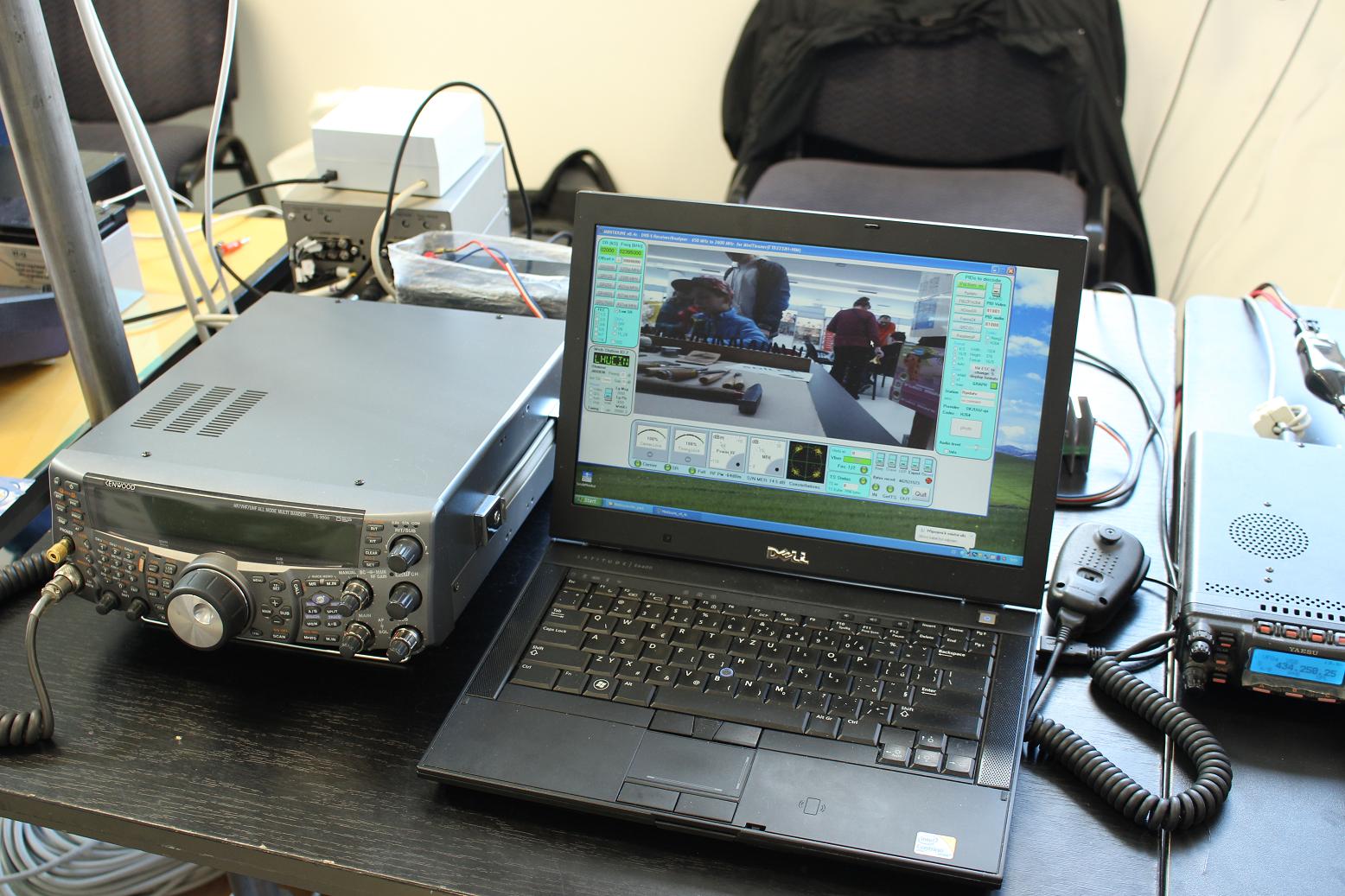
I arrived home about 5 PM so it was very late to assemble the antenna. So since I was very excited to get things working, I asked my father’s help to assemble the antenna.

So I bought the dish, costed about R$200 (that’s about US$60) and also some cables and adapters. Since my father and I was already friends with a seller, I asked what dishes they had to sell and said that I want something around 1.5m.

So I went to Santa Efigenia Street (people from São Paulo will recognize) and went to Sat Imagem Store. So someone suggested that I need at least 1.5m prime focus (the “old” type of TV dishes) that should have equivalent surface area than a 1.2m offset dish. Sadly I couldn’t find a offset dish bigger than 90 cm here. They were suggesting a 1.2m offset dish (same time of the Sky, Claro, and some other TV dishes, but bigger) for receiving GOES. So a lot of people actually helped me by giving me the information I need to take a decision over which dish antenna should I buy. “It’s been a while so I thought i would post a nice full disk false color image from GOES-15 – just before mid-day.”Īnd then I found the IRC Channel called #hearsat in server StarChat ( ). And from time to time posted pictures like this:

I found some people in twitter ( More specific and and just for historic reasons: ) that did Satellite Receiving and more specifically USASatcom also did GOES receiving. Since GOES does not move, I could just point my dish and forget about it. That means: Alt-Az tracker (or something else) that will be most likely more expensive than the whole capture system (at least in Brazil). That was needed for me, because L Band usually needs a relatively big dish to capture the signal, and if the satellite is moving, the antenna needs to track it. So I choose GOES over other Weather Satellites mainly because GOES is a Geostationary Satellite. I wanted a high-res image, and the L-Band transmissions usually provide that (GOES for example is 1km/px with whole earth sphere in frame. My idea was to capture the GOES 13 signal (that’s reachable in São Paulo) with a good SNR (enough to decode) and them make all the toolkit to demodulate, decode and output the images and other data they send.

So few people know that I started a crusade against GOES 13 Satellite.


 0 kommentar(er)
0 kommentar(er)
